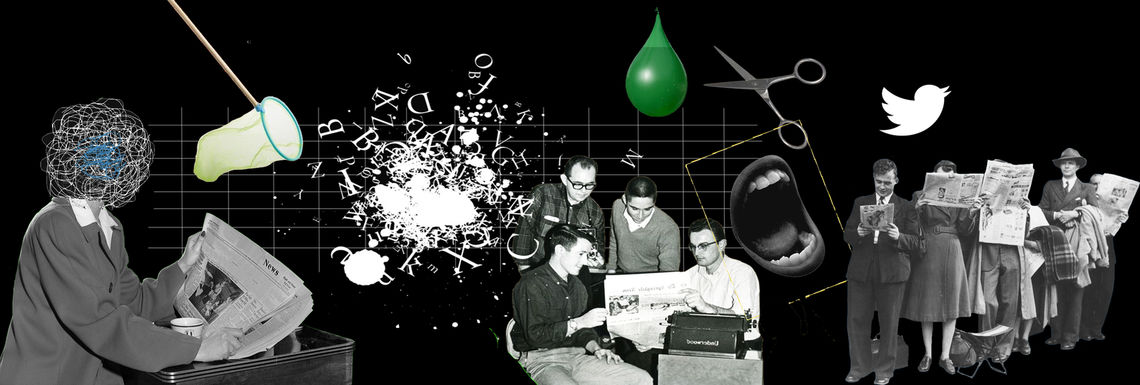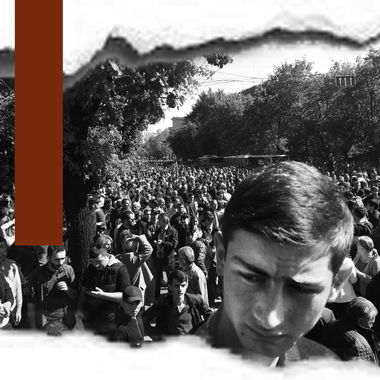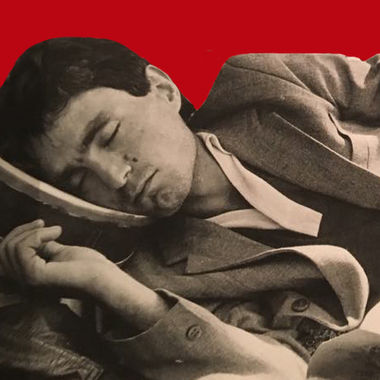
In post-Velvet Revolution Armenia, the media landscape, with a few notable exceptions, has become so cluttered with misinformation, clickbait, fake news and manipulation that no one really knows what the truth is. More often than not, news and information is taken out of context, misrepresented, distorted and molded to serve the interests of those whose political agenda and ambitions do not align with the current authorities or by those who control the purse strings of media organizations. There is no transparency or genuine self-regulation (government need not get involved) and ethics, integrity and professionalism have been kicked to the gutter.
Manufacturing the truth for dubious purposes is not a 21st century invention, but increased Internet access and growing numbers of people of all ages joining social media platforms in Armenia have amplified the problem. Long gone are the days when you read the morning paper and then listened to the evening news and spent the rest of your time in the physical world.
Today, media is everywhere and all encompassing and separating opinion (or fiction) from facts has become a gargantuan undertaking. With educated consumers of the media few and far between, those who wish to win a “political contest” by any means necessary are tipping the scales in favor of news that confirm biases and play into the hands of a population that seems to thrive on innuendo and conspiracy theories. Indeed, you don’t need to look very far to find the facts that neatly fit your worldview.
From the Physical to the Virtual World
The Internet was thought to be the great equalizer. Many believed it would ensure the rights of all people to access and share independent sources of information, to create platforms where healthy public debates would take place, exchange ideas freely and without fear, empower civil society, encourage civic engagement and make governments more accountable.
By allowing ordinary people to have a voice, bypassing the sentries of the news, the Internet was hailed as a democratizing agent in a world full of despots and dictators and gatekeepers who held the power to shape public opinion.
In the process, traditional business models of media floundered, some collapsed and most migrated to online platforms. While editors and journalists struggled to grasp the new realities of a technological innovation that was taking place at a dizzying speed, it also upended the reality, whatever that means anymore.
Now, everyone has a platform where they can pen fiery statuses, share information (often unverified), take photos and videos and immediately upload them to a plethora of social media platforms becoming purveyors of information and a well of knowledge and expertise. They have the ability to comment, jeer, “destroy” politicians, civil servants, state officials, celebrities or whoever tickles their fancy and that is their prerogative. And at the end of the day, they are not responsible to anyone except themselves and freedom of expression is an inalienable right. Good on them.
While the dissemination of user generated content by “citizen journalists” has complicated the role of traditional media, it has undeniably played an important role in extraordinary events around the world. Ordinary people who have been the eyes and ears on the ground in places from the Middle East during the Arab Uprising to the Occupy Movement in the U.S. were able to deliver, often in real-time, eyewitness accounts to a global audience thirsty for information.
In Armenia during the Velvet Revolution, many media outlets depended on information and tips from citizen journalists, who indirectly became content creators with reporters crushed under the sheer weight of events as they were unfolding. And while their contribution was indispensable, it was the responsibility of the journalist and editor who chose to use their material to ensure that it could be verified.
The particular nuance of this new virtual reality must not be lost on creators of content or consumers of media. If you trust everything written or provided by a citizen journalist, would you by the same token ever trust a “citizen dentist?” What distinguishes a professional journalist is her/his fearless devotion to telling the truth based on facts and evidence with as little prejudice as possible.
Rediscovering the Mission of Journalism
As journalists, we are trained to believe (and we do) that our role is to inform, educate, and inspire, to write stories that connect us to pressing issues and events, that have universal messages, that make us think and sometimes even shock and enrage us. What we thrust into the public square of ideas is meant to get us to think critically and make educated choices and also hopefully provide platforms that encourage thoughtful public discourse based on facts and not conjecture. We believed (and we do) that in order to understand what is going on in our communities, cities, country and the world, we need to present reliable, verified, and credible facts and information put into proper context.
In Armenia’s current hyper-politicized reality, the space for real journalism is shrinking; some journalists have morphed into gossip columnists and media platforms quote statuses on Facebook and deliver it as credible news or information. Journalists seem to be in competition with “influencers” on social media platforms and with politicians who, instead of having a communication strategy or competent spokespeople are relying on social media to disseminate information about a particular initiative or to refute false information, in the process inadvertently (or maybe fecklessly) preventing the media from doing their job.
The fake news phenomenon is not uniquely Armenian. It’s a global challenge, but when the stakes are so high in our country following the Velvet Revolution, journalists need to rediscover their mission and have an honest discourse about their role in the state of the media landscape.
editorials
The Stories Behind the Story of a Revolution
By Maria Titizian
A series of extraordinary events in early spring of 2018 that came to be known as the Velvet Revolution fundamentally changed Armenia’s political landscape. EVN Report’s Maria Titizian reflects on some of her personal experiences during those heady days.
To Be Like Armenia
By Maria Titizian
What does it mean “to be like Armenia?” In this personal essay, Maria Titizian tries to find the answers to that question following the awards ceremony for the Aurora Prize for Awakening Humanity. “To be like us means having few choices and limited opportunities. To be like us means being subjected to genocide a century ago and today being subjected to the interests and whims of global powers.”
The “Hunger Artist” Among Us
By Maria Titizian , Roubina Margossian
A perceived absence of agency has led to growing public indifference in Armenia. When those who do take a stand, regardless of their tactics, are left to stand alone, more questions than answers surface. From the recent sentencing of radical opposition activists, to sit-ins and hunger strikes Opera Square to continuing impunity, everyone seems to be forgetting to ask, why?






